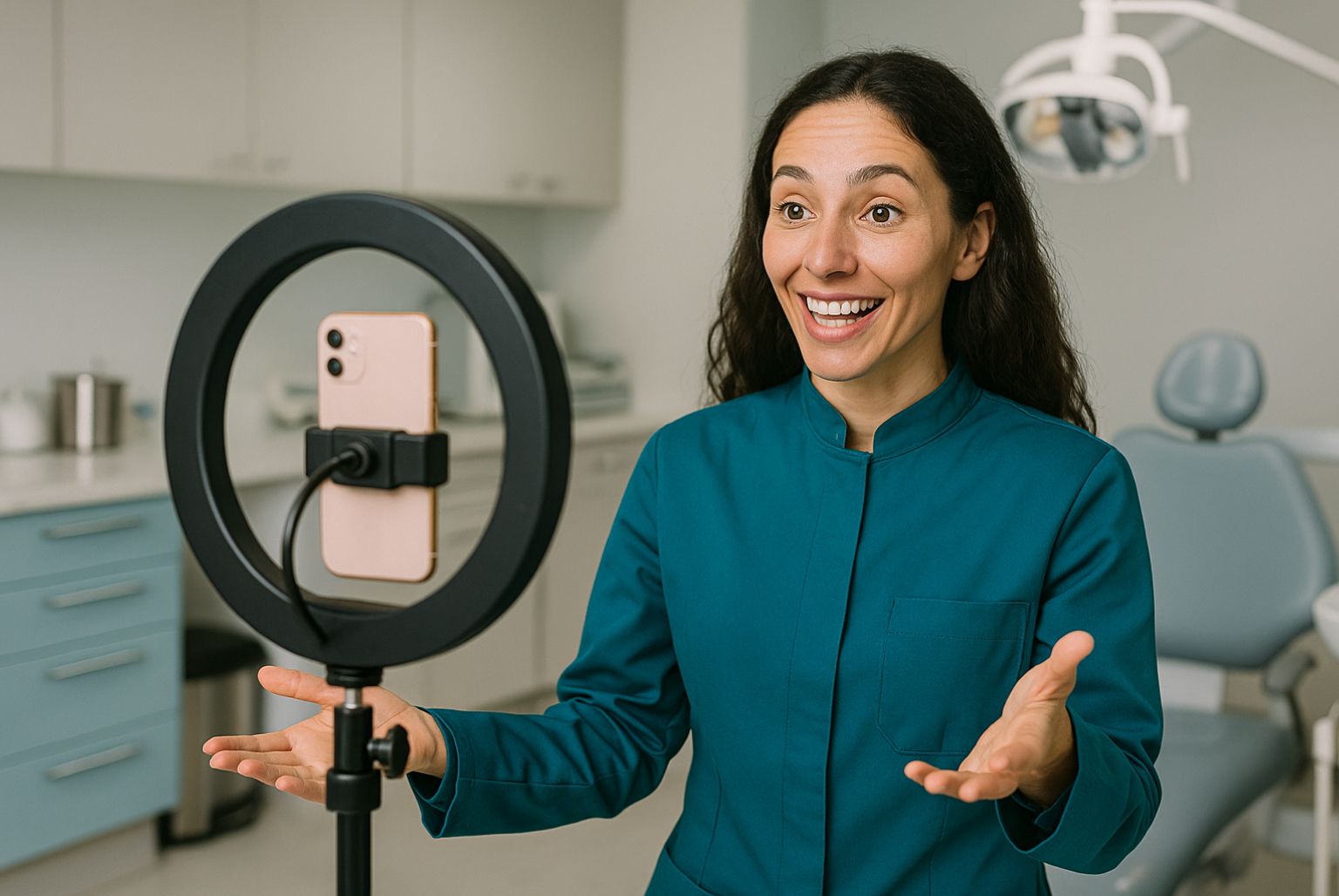The role of keywords in search engine optimisation (SEO) has evolved over recent years. It used to be the case that you could slap your chosen keywords throughout your copy and all-but guarantee a high ranking for your website on search results pages (SERPs). However, Google – in its ongoing mission to return search results that are as valuable and relevant to users as possible – realised that keyword-stuffed copy is unpleasant to read. It tends to be dull, repetitive, low quality and often doesn’t make sense.
Back in 2013, Google released its ‘Hummingbird’ algorithm, which was designed to help the search engine respond to ‘conversational searches’ – i.e. questions such as “Where can I find a private dentist near me?” – and better understand language semantics. In other words, it began to look for copy that means the same as the words used in the search and understand the context of the search. For example, it might understand that a search for ‘braces’ should also bring up results for ‘orthodontics’, ‘aligners’ or ‘straighter teeth’.
Around the same time Google dropped keyword tags as a ranking factor.
Google realised that, with the rise of mobile phones and voice searches, fewer people are typing searches such as ‘dermal fillers Nottingham’. Instead, they are asking questions such as, “How can I get rid of my lines and wrinkles?”, “How can I look younger?” and “Is there is a clinic that does dermal fillers near me?”
Search engines are now sophisticated enough to respond to these kinds of questions with relevant search results, even if the searcher doesn’t use typical keywords in their search. If someone looks for a local aesthetics clinic or dental practice, the SERPs will show the most local businesses first, assuming that people will want to find out about somewhere that’s close and convenient to reach.
What does this mean for keywords?
Focus on the intent behind a query
Although Google no longer uses keyword tags as a ranking factor, keywords do still matter. Here at Cosmetic Digital, we believe keyword research is just a small fraction of your SEO – a starting point, not the end game.
The most important thing to consider before each page is written, designed or optimised for searches is what a visitor’s search intent would be when they arrive on a page. What is driving them? What is the one thing that they want to know?
It’s crucial to have a single topic focus for each page, instead of trying to add tags or copy for all the keywords you want to rank for across your site. Ideally, you should have a page for each different type of treatment with internal links tying content together rather than information about loads of different treatments on a single page.
Keyword research can help you to pinpoint what that single focus is going to be. For example, when people want to know more about adult braces, what is the search that drives them? Do they ask Google about braces, about straighter teeth, about orthodontics, or about teeth straightening for adults? Your keyword research can help you pinpoint the vocabulary that resonates with potential patients.
If you understand why a person is using specific keywords in a search, you will better understand what they are looking for and provide content that focuses on this on your website. Get that approach right and your keywords will appear naturally.
Keyword placement to support search intent
Once you have defined the single focus keyword or phrase for a web page – i.e. the search intent of a visitors – it is essential to look at some of the on-page placement of your keywords.
We would always recommend having a main title – tagged with an H1 heading tag – that tells people and search engines at a glance what the page is about. With websites, this isn’t usually the place to get cryptic or clever with your title. People want to see that they’re in the right place straightaway. Therefore, your main heading is a sensible place to include your main keyword for that page.
You might also want to include keywords in the title tag for the page, as this is the underlined heading people will see in SERPs, as well as the meta description, which is the 156 characters or less in SERPs that acts as a call to action to get people to click through to your site.
Your main keywords – or words that mean the same – may appear in subheadings, picture captions and alt tags, in your main copy, and in your call to action at the end of the page. If you stay on topic, this doesn’t need to be contrived. It should happen because the content is relevant to the topic.
What keywords are you using?
To see which pages of your website Google has indexed and may rank in SERPs, go to Google and type in site: followed by yourwebsiteaddress (without the www. at the beginning) – for example, we would type site:cosmeticdigital.co.uk. Google will then return a list of all of your indexed pages and how they will appear in SERPs.
- Are any of your title tags or meta descriptions being cut off?
- Is it clear at a glance what each page is about?
- Do your meta descriptions contain a strong call to action?
There are also some great free tools that will help you spot which keywords you’re using at a glance. Moz has a free toolbar extension in Chrome that lets you view the on- and off-page meta data of any website (including your competitors) when you’re on a website. Simply click on the ‘Page analysis’ icon and you’ll get a detailed breakdown of the SEO title, meta description, keywords, main heading and sub heading tags, alt tags on images, text in bold, and more.
If there aren’t keyword tags in the backend of each page, don’t worry – as we’ve mentioned, Google doesn’t look for these any more.
Another approach is to log into Google Analytics and Google Search Console for keyword information. The keyword data on both is limited but Google Search Console, in particular, usually contains some gems of information.
If you go to Search Traffic>Search Analytics in the left-hand menu of your dashboard, you can see your top ranking keywords in terms of how often they’ve appeared in SERPs, clicks on the links, clickthrough rate (i.e. the percentage of impressions that turned into clicks) and average position in SERPs.
You can click on each of the keywords that appear in this list to see which pages have been shown in Google for that particular search term.
- Is it the page that you expected?
- Is there a more relevant page on your website that visitors would prefer to see?
- Are two different pages coming up for the same search?
This information can help you to pinpoint where you might need to make your content more focused or where you’re duplicating information.
People first
Search engine optimisation is an ever-moving arena as Google tweaks its algorithm over 500 times a year! As overwhelming as this may sound, if you understand who your website is for and write and design the content for them, you can’t go far wrong. Add a strategic approach to keyword research into the mix with the aim of making things even more relevant to your patients, and you’re on to a winner.
Need help with your SEO? Call us at Cosmetic Digital on 0115 9140 640 to see how we can use our expertise to help.




